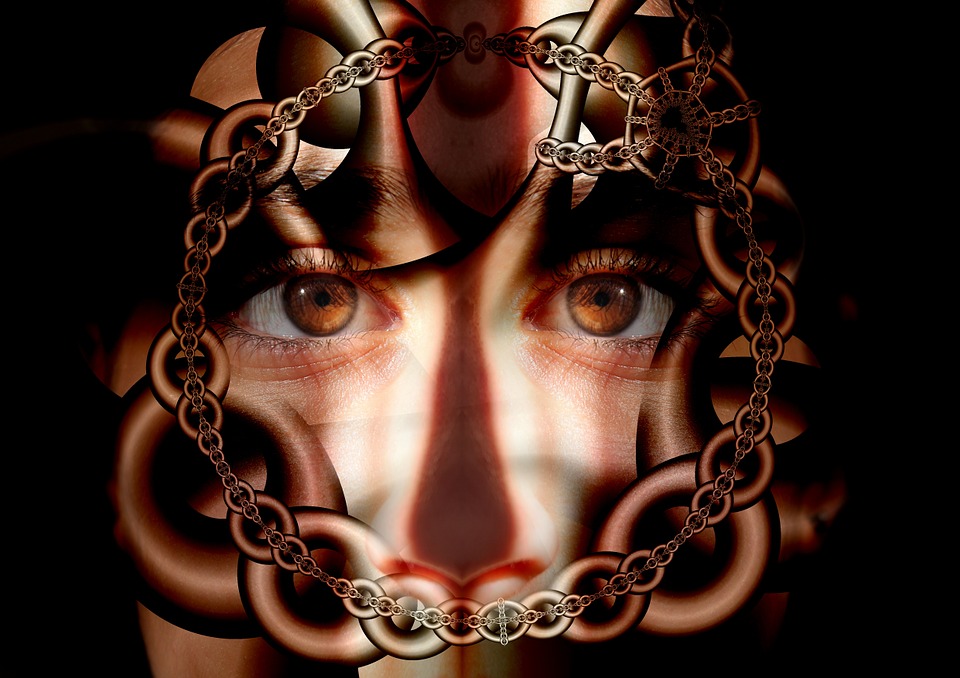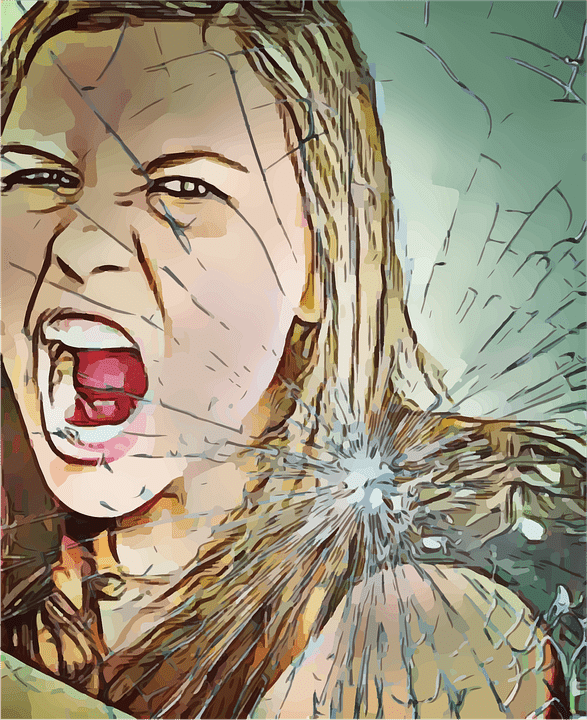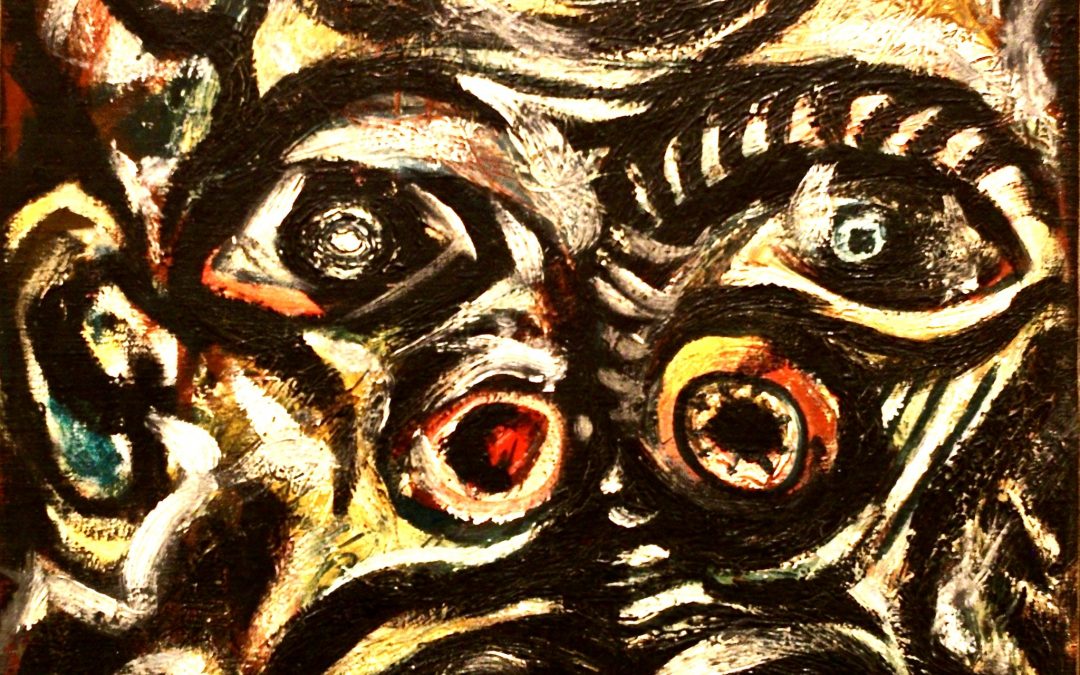What are the types of bipolar disorder? Bipolar disorder causes periods or episodes of abnormal moods or shifting emotional levels. It’s a manic – depressive illness that can strike anytime at any given moment. When a person has this kind of brain disorder; they usually experience various symptoms of psychosis which highly depends on the degree or severity of the condition.
Are You Suicidal?

What are the types of bipolar disorder? Suicidal risks and attempts are the very common among people with a bipolar disorder, especially if they are badly depressed. During those periods, lots of crying, and negativity are involved which is why it is important that people with this disorder are not alone; and is always supported by their family and loved ones. People who are in their 20’s are more inclined to attempt suicide, while people between the ages of 30 and 40 years old most often do harm themselves.
Mood Changes
If for any reason you find yourself constantly changing moods or feeling any abnormal and sudden emotional shifts, you may take some psychological tests; or better yet seek professional help. Talking to counselors, and doctors like a psychiatrist can help you manage this condition; or at least help you deal with it. People with a bipolar disorder will most likely undergo continuous medical treatment especially for severe cases or for those who are always experiencing series of episodes. or
Types of Bipolar Disorder

According to AMA’s Diagnostic and Statistical Manual of Mental Disorders manuals 5th Revision; there are 4 main types or classifications of bipolar disorder. These are Bipolar I and II, Cyclothymic Disorder, and Rapid – Cycling Bipolar Disorder. Before we delve deeper about the different types of bipolar disorder, check out this infographic below for a quick definition of each:

Bipolar I Disorder
Bipolar I disorder is when a person has at least one manic episode; or one depressive episode (with or without any previous depressive or manic episode respectively). Usually patients with bipolar I disorder experienced a depressive episode more than manic episodes. Other clinical or psychotic disorders such as delusional disorder and schizophrenia disorder must not rule out. It is both common in men and women; usually the first episode that men experience is mania, while in women the first episode is depression.
Bipolar II Disorder
Patients diagnosed with bipolar II disorder usually have more the one depression episodes and also one hypomanic episode. Hypomanic episodes are less severe than manic episodes. A person, who experiences hypomanic sleep less, is very outgoing and has lots of energy; the main difference between hypomanic; and manic is that the former is fully functioning and looks completely normal while the latter is experiencing high levels of emotions but may not be properly behaved with others. People who are hypomanic have no psychosis symptoms and their behavior is not something grandiose; or the kind of behavior that will grab everyone’s attention. Usually people diagnose with bipolar II disorder is undergoing a major depression.
Cyclothymic Disorder
Cyclothymic disorder is the milder version of bipolar disorder. People diagnosed with this usually have mood disturbances that have alternate periods of hypomanic episodes; as well as mild to moderate depression. The baseline for cyclothymia patients is when they feel stable but their moods changes in a snap, and fluctuates. They can experience both mild hypomania, and mild depression. This is like the stage 1 of bipolar disorder; people diagnosed with cyclothymia can experience random but noticeable mood swings within a day or a week.
Rapid-Cycling Bipolar Disorder
Rapid – cycling bipolar disorder also has the same mood swing symptoms, however the difference is that manic and depressive episodes are shorter and rapid; hence its name. The cycles are shorter so the effect it has on people is that manic or depressive states are always changing at a very sudden situation. It is considered the most severe form of bipolar disorder. This is more common among young people, and affects more women than men. They usually experience more than four episodes of major depression, hypomania, or even mixed symptoms within a day or within a week.
Symptoms of a Bipolar Disorder
As you may now know, bipolar disorder can cause a person to have various mood episodes, and usually goes through a rollercoaster of intense emotions, activity levels; behaviors and also has a different sleeping pattern. Whatever type of bipolar disorder you or your family has, you will notice it if you watched out for the following signs:
Signs that a person is going through a Manic Episode:
- Experiencing intensive highs, ups or has an elevated mood
- Has lots of abnormal energy or increased level of activity
- Feeling of being wired or jumpy or too overwhelmed and excited
- Has a trouble sleeping due to constant change in sleep patterns
- May become more active than usual
- Can talk really fast about random and unrelated things
- It might be immediately agitated or irritated
- Feels like their thoughts are fast or can’t be controlled
- Thinks that they can do lots of different things all at the same time that it could be too overwhelming for a normal person
- Are inclined to do reckless things without thinking about it such as randomly spending lots of money or has abnormal sexual urges.
Signs that a person is going through a Depressive Episode:
- Usually feels sad, very upset, hopeless or has a feeling of emptiness
- Has little to no energy at all
- The level of activity in any interest is fleeting or decreasing
- They either sleep too little or too much
- Can’t enjoy the simple pleasures in life
- Is always worried and anxious
- They can’t focus or has trouble concentrating over something
- Tend to forget things
- Either eat too little or too much
- Feeling of tiredness even if no strenuous or exhausting activity is being done
- Have suicidal thoughts or have attempted suicide
Signs that a person is going through a Hypomania Episode:
Symptoms of hypomania are similar to the symptoms of a person with a manic episode the only difference is that it is milder but it is still noticeable. Even if the person is feeling well or he/she feels like nothing is wrong with; the signs can be obvious and can be recognize by a mentally healthy person. The mood swings and inappropriate level of activity or unusual changes in behavior. If not treated properly or immediately, hypomanias will most likely progress to sever manic or depression.
Diagnosis
If you think you or any of your friends and family has been experiencing some signs of bipolar disorder; you may want to consult a psychologist or seek medical help as soon as you can. If bipolar disorder is diagnosed at an early stage or treated properly; you’d be able to deal with it and manage its effects. People who seek professional help live very normal and productive lives.
Before the doctor diagnose you with this mental condition, you may need to complete a physical exam first such as X-rays, CT Scan; blood tests and the like just to rule out other possible conditions. If the mental problem is not caused by any disease or physiological factors such as stress or fatigue; your physician will then conduct a mental health evaluation before referring you to a psychiatrist; sometimes your family doctor or a general doctor can already refer you immediately to a mental health professional so that he/she can conduct the initial mental testing.
Treatment
Treatment is very important for people diagnosed with bipolar disorder because through medical or mental treatment such as therapy; the patient can learn how to manage and gain better control of their mood swings or ever changing emotions as well as other bipolar symptoms.
The most effective treatment procedure includes medication and psychotherapy. Bipolar disorder cannot be completely treated or eradicated; unfortunately it is a lifelong illness. Manic or depressive episodes can come back from time to time even with treatment, some people between episodes are free of mood swings; but for some people have lingering symptoms. The important thing is that even if it is a condition that will last a lifetime, proper and regular treatment can control the bipolar symptoms.
If you are looking to seek medical professional help, then you could choose from a wide range of mental health doctors that specializes in treating bipolar disorders. Some of these doctors are regarded as an expert in a specific form of bipolar condition; it’s better to do your research so you can find out more about them and see if you think they can help you. You should opt to go first to your family doctor or a general physician to rule out any other illness and for him/her to also confirm that you might be suffering from a mental illness. Usually your family physician can give you medications to aid in your mood swings; however he or she will also recommend you to go to a psychologist or psychiatrist for further evaluation.
During initial diagnosis; you will be ask to do several mental health tests like answering mental health evaluations or through talk therapy so that the doctor can further assess your potential condition as well as its degree.
Common Medications
Various kinds of medications are a big help to control and manage symptoms of bipolar disorder. That is why it’s important to always have a follow – up checkup with your doctor or psychotherapist so that you or your doctor can have a gauge if the current medication is working or not. Appropriate medications are generally used as mood stabilizers, antidepressants, and also include atypical antipsychotics.
Psychotherapy

One of the benefits of going through a therapy aside from taking meds is that it can ultimately guide a patient with bipolar disorder on how to manage his/her condition in a “human level.” It can also provide education and support.
Electroconvulsive Therapy (ECT)
This kind of therapy can provide relief especially for people with severe cases of bipolar disorder who were not able to recover from other treatments. ECT is also being used to treat bipolar symptoms for people with other medical condition including women who are pregnant because taking medications can be too risky. However, ECT may also have a short – term side effects such as confusion, memory less, and disorientation.
Sleep Medications
People diagnose with bipolar disorder usually have different sleeping patterns that’s why they have trouble sleeping, usually sleeping medications are prescribed to them by their doctors.
Life Charts
As mentioned earlier, even if you are properly or regularly treated, it doesn’t mean the the mood swings will completely go away. However, it will likely improve the condition of a patient, if he/she works hand in hand with his/her doctor especially when it comes to managing the symptoms, and discussing any issues that may arise. Keeping a life chart that will document the mood swings, the treatments given, sleep patterns, and important life events can help both the patient and the doctor track their progress, and be able to treat the mental condition effectively.
Conclusion
Bipolar disorder is a mental condition that can affect one’s life negatively. It’s an incurable disorder that one has to endure in his/her lifetime. However, for some people they learned how to manage and deal with their untreatable condition, and use it to their advantage. For more info about bipolar disorder, make sure to check out the video below:


 I love to write medical education books. My books are written for everyone in an easy to read and understandable style.
I love to write medical education books. My books are written for everyone in an easy to read and understandable style.